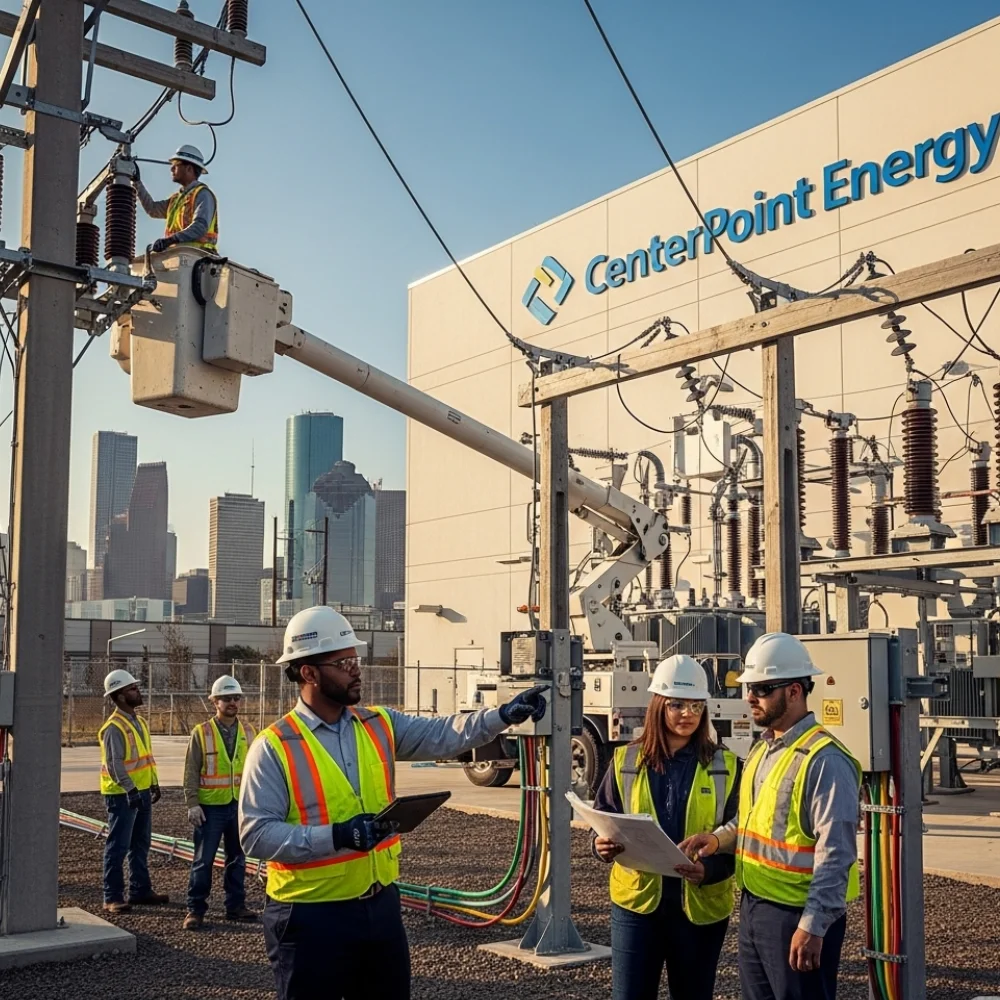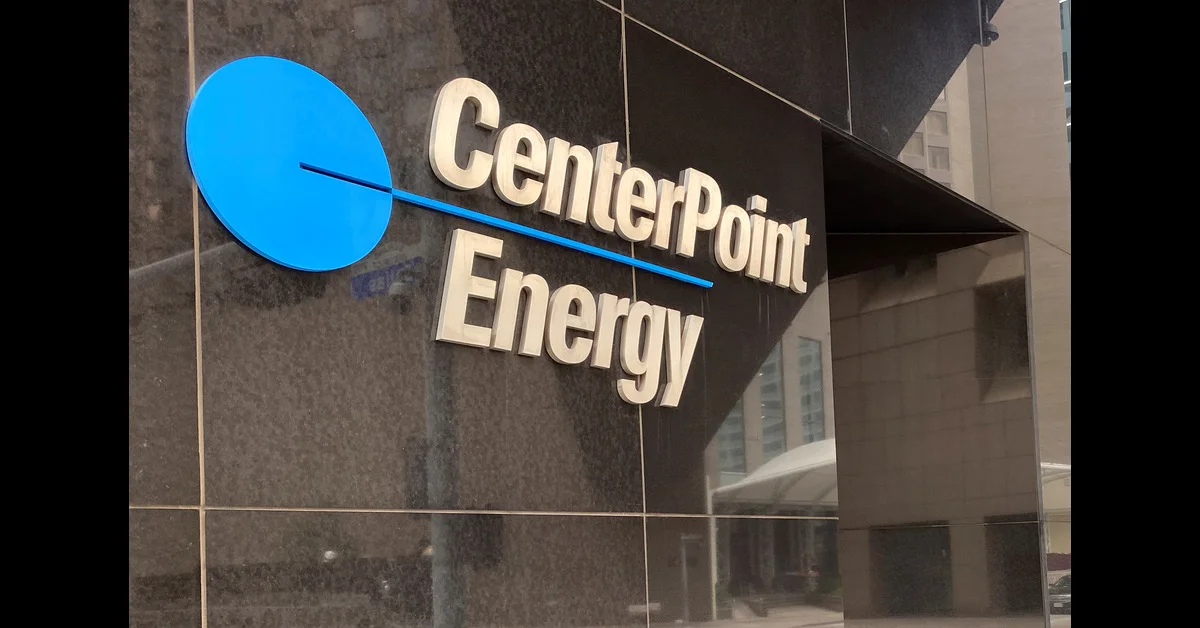CenterPoint Energy is proactively advancing a multi-faceted strategy to enhance its infrastructure, meet rising energy demand, and transition toward cleaner, more sustainable energy solutions. The company has revealed intentions to recruit 800 new employees by 2030, including 200 line workers by the end of this year, to address rising electricity demand in the Houston region, largely fueled by expanding data centers and AI developments. To support this growth, CenterPoint is pouring an additional $500 million into enhancing grid resiliency and reliability.
However, not everyone is convinced. Despite infrastructure investments like installing storm-resistant poles, trimming vegetation, and burying power lines, a recent University of Houston survey reveals that 70% of Harris County voters see little to no improvement in fortifying the electrical grid following storms like the May derecho and Hurricane Beryl. More than 60% hold an unfavorable view of CenterPoint’s performance. The utility is now seeking approval for a $3.2 billion investment from 2026 to 2028, which could raise household energy bills by around $4.80 monthly by 2030.
Public concern remains intense. In Harris County, 69% of residents say they’re very or moderately worried about power outages lasting more than a day, a concern surpassing even flooding or wind damage fears. Another survey confirms 88% of voters fear outages during hurricane season, with only a minority perceiving meaningful improvement in preparedness.
CenterPoint is also pursuing recovery of expenses incurred from storm response efforts. Houston-area cities oppose its proposed $1.3 billion recovery plan, predicted to raise residents’ bills by $2.13 monthly, arguing that $200 million of the charges appear unjustified. CenterPoint attributes most costs to uncontrollable storm damage and proposes a “securitization” funding method to spread the financial burden through bonds.
On the sustainability front, CenterPoint is making significant strides toward renewable energy. The company has entered an agreement to procure renewable natural gas (RNG) derived from food and yard waste in Minnesota, promoting circular economy practices and delivering cleaner fuel options to local customers.
To sum it all up:
- Hiring and Infrastructure Investment: CenterPoint is scaling up its workforce and investing heavily in grid modernization to match rising demand.
- Community Skepticism: Confidence remains low among residents, who report persistent fears of outages and doubt improvements have been sufficient.
- Cost Recovery Challenges: A proposed $1.3 billion cost recovery plan is facing stiff opposition amid debates over fairness and accountability.
- Sustainability Push: The company is committing to renewable natural gas, signaling a shift toward greener operations.



